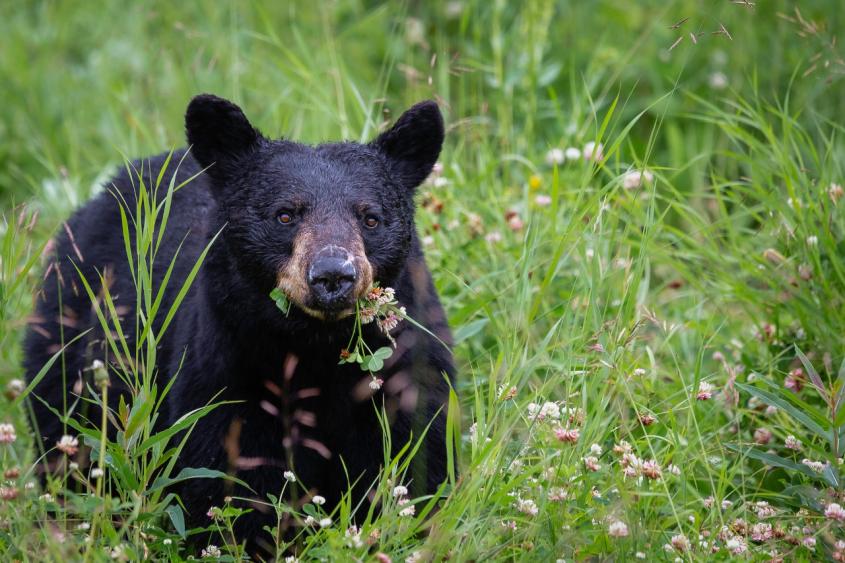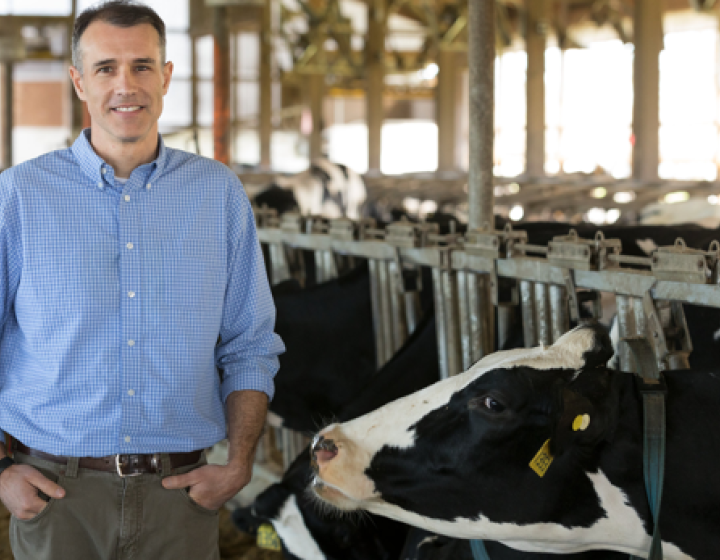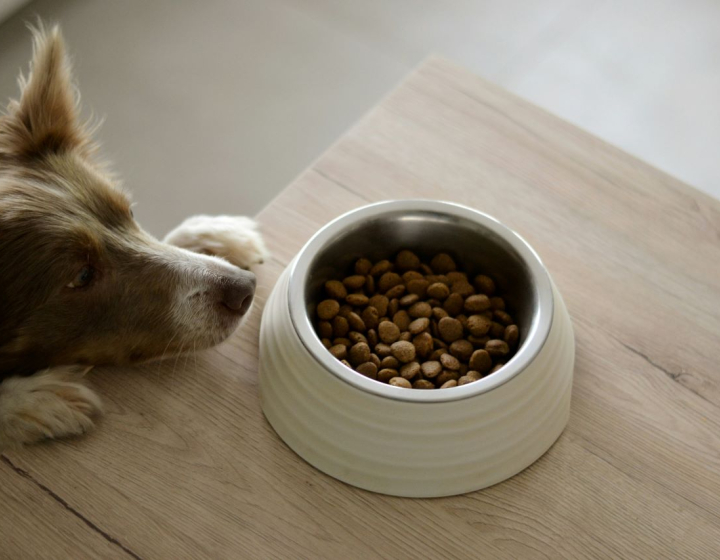New-to-U.S. antibiotic-resistant Salmonella found in bear
In September 2020, an American black bear cub was treated in the Janet L. Swanson Wildlife Hospital after being hit a car. Six days later, the cub was sent to a rehabilitation center and then released to the wild. This could have been the end of the story, except that this bear had an antibiotic-resistant Salmonella infection. And unlike the bear, the bacteria were not local.
Salmonella are bacteria that infect a wide range of animals, including cattle, horses, dogs and wildlife. It is one of the most common forms of food poisoning, causing 1.2 million human cases in the United States every year, 26,500 hospitalizations and over 400 deaths. Most infections come from consuming undercooked meat or eggs, cross-contamination through cutting boards, drinking raw milk or eating raw fruits or vegetables that have been contaminated with manure.
The cub had only mild gastrointestinal symptoms, and nobody would have detected the Salmonella infection if it were not for the collaboration that Kevin Cummings, Ph.D. ’10, D.V.M. ’96, professor in the Department of Public and Ecosystem Health, had started two years before with the wildlife hospital.
“There is very little research on Salmonella transmission from wildlife to humans,” says Cummings. “We also don’t understand the clinical implications of this pathogen among wildlife species.” To explore the role of wildlife in Salmonella transmission, Cummings collaborated with the wildlife hospital. Between May 2018 and March 2020, he collected fecal samples from 348 wildlife patients — including birds, mammals, reptiles and amphibians — representing 74 wildlife species. He found Salmonella in 1.4% of them.
A highly unusual strain
It was therefore not completely unexpected when the bear’s fecal sample tested positive for the presence of Salmonella. Cummings cultivated these bacteria into what is called an isolate, and then tested the bear’s Salmonella isolate for susceptibility to 14 common antibiotics. While all previous isolates from the wildlife hospital came back susceptible to these antibiotics, this one was different. “The bear isolate was resistant to just about everything,” says Cummings. This included antibiotics used to treat young children, older people and immunocompromise patients.
Even more interesting, the Salmonella’s DNA sequence represented an overseas strain that had not been observed in animals in the United States before. Salmonella are classified in groups called serotypes, depending on their biological characteristics. Each serotype can contain several strains defined by their DNA sequence. “There are over 2,600 serotypes described, but about 60% of the human cases are caused by 10 serotypes,” says Cummings. “The bear cub carried a generally common serotype, but its sequence is what really made it stand out.”
In the United States, this unusual Salmonella strain has been described in people with a recent history of international travel, as well as in imported foods, which led Cummings to conjecture that the bear got infected by eating human food leftovers. “We think the bear was exposed by scavenging through garbage,” he says.
Scrubbing time
For seven months after the bear’s visit to the hospital, no other cases were detected among the wildlife patients — until a flurry of cases started to appear. In three months, a snow goose, a porcupine, a red-tailed hawk, two owls and two bald eagles tested positive for the same antibiotic-resistant strain. None of the animals were sick, but Cummings’ surveillance program detected the bacteria in their samples.
Further testing revealed the presence of Salmonella on various pieces of equipment and on the hospital floor. Outbreaks in teaching hospitals and food processing facilities are not unusual, even with good hygiene practices. Salmonella can persist in floor drains, cracks, the corners of stalls and any irregular surface for months and even years.
“Many animals can carry and shed Salmonella, including wildlife. The risk of spread in a hospital is always present, and our main concern is the safety of other patients and human personnel,” says Sara Childs-Sanford, D.V.M. ’99, associate professor and section chief of wildlife medicine.
Childs-Sanford’s team immediately adjusted their protocols to keep the bacteria controlled. With recent concerns regarding SARS Cov-2 and highly pathogenic avian influenza, the hospital is familiar with detecting and containing pathogens.
They consulted with infection control specialists from the college and implemented a disinfection plan. The extra steps and additional cleaning measures were time-consuming for the clinical staff, but the protocol was successful, and no further Salmonella cases were detected. “Everyone took this responsibility very seriously and did an excellent job, while still upholding our standards and providing exceptional care to our patients,” says Childs-Sanford.
Cummings’ study allowed the outbreak to be detected quickly and the swift response from the hospital team prevented the spread of the bacteria to humans and additional wildlife patients. “It has a happy ending because no humans or wildlife patients got sick,” says Cummings.
Cummings says that there is a lot of progress to be made in the study of Salmonella. “If you look at the CDC data over the last 25 years, the incidence in people has not appreciably decreased,” he says. “Salmonella is a very interesting pathogen because of its ecology and vast range of hosts. And any progress we make helps everybody, humans and animals alike. It is part of improving One Health.”
Cummings’ finding were recently published in the journal Zoonoses and Public Health.
Written by Elodie Smith





